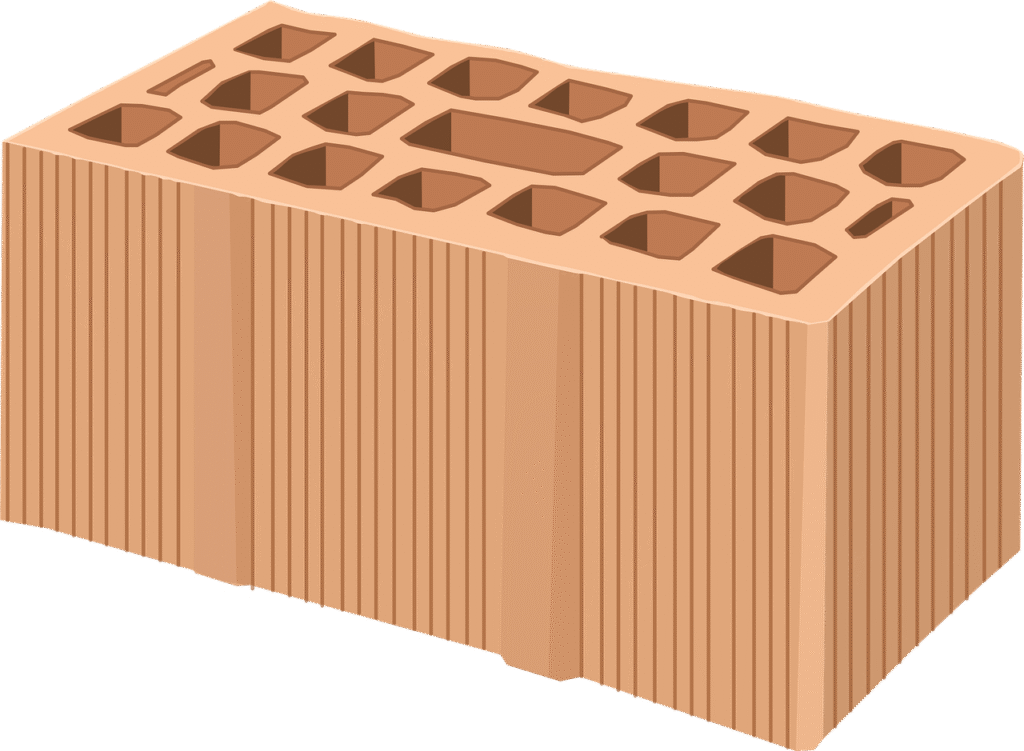Hollow clay blocks are becoming a popular choice in modern construction, thanks to their numerous benefits and versatility. In this guide, we’ll dive into everything you need to know about hollow clay blocks, including their manufacturing process, advantages, comparisons with other materials, and more.
Hollow Clay Blocks in Building Construction
Hollow clay blocks, also known as hollow bricks or hollow block, are used extensively in building construction. These blocks are crafted from natural clay and are designed with hollow cavities that offer both structural integrity and thermal insulation. Whether it\’s for load-bearing walls or partitions, hollow clay blocks provide a solid foundation for various types of buildings.
The Manufacturing Process of Hollow Clay Blocks
The manufacturing process of hollow clay blocks is quite fascinating. It all starts with the selection of high-quality clay, which is then mixed with water and molded into the desired shape. The blocks are designed with hollow cavities to reduce weight and enhance insulation. Once shaped, the blocks are dried and fired in kilns at high temperatures. This firing process not only strengthens the blocks but also gives them their distinctive texture and durability.

Advantages of Hollow Clay Blocks
Hollow clay blocks come with a host of advantages that make them a preferred choice in construction:
- Thermal Insulation: The hollow cavities provide excellent thermal insulation, keeping interiors cooler in summer and warmer in winter.
- Sound Insulation: They offer better sound insulation compared to solid bricks, making them ideal for residential buildings.
- Lightweight: The reduced weight of hollow blocks makes them easier to handle and transport, leading to faster construction times.
- Eco-Friendly: Made from natural materials, hollow clay blocks are an environmentally friendly option.
- Durability: These blocks are resistant to weather changes and have a long lifespan.
Hollow Clay Blocks Price: What to Expect
The price of hollow clay blocks can vary depending on factors like quality, size, and location. Generally, they are competitively priced compared to other building materials. While they might be slightly more expensive than concrete blocks, the long-term savings on energy bills due to better insulation often outweigh the initial cost difference.
Hollow Clay Blocks vs. Concrete Blocks
When comparing hollow clay blocks with concrete blocks, several factors come into play:
- Weight: Hollow clay blocks are lighter than concrete blocks, making them easier to work with.
- Insulation: Hollow clay blocks offer superior thermal and sound insulation compared to concrete blocks.
- Eco-Friendliness: Clay blocks are more environmentally friendly due to their natural composition, whereas concrete blocks have a higher carbon footprint.
- Strength: Concrete blocks might have an edge in terms of strength, but for most residential applications, hollow clay blocks provide sufficient durability.
Clay Hollow Block Texture
One of the unique features of hollow clay blocks is their texture. The surface of these blocks often has a natural, earthy appearance that can be aesthetically pleasing if left exposed. The texture also helps in better adhesion when plastering, ensuring a stronger bond with the wall finishes.
Difference Between Burnt Clay Bricks and Hollow Blocks
Burnt clay bricks and hollow clay blocks are both popular in construction, but they serve different purposes. Burnt clay bricks are solid and heavy, often used for foundational work or where high load-bearing capacity is needed. In contrast, hollow clay blocks are lighter and better suited for walls and partitions, especially where insulation is a priority.
Disadvantages of Hollow Clay Blocks
While hollow clay blocks have many advantages, there are a few potential drawbacks:
- Cost: They can be more expensive than other building materials like concrete blocks.
- Availability: Depending on the region, hollow clay blocks may not be as readily available as other materials.
- Strength: In some cases, hollow clay blocks might not be suitable for extremely heavy load-bearing applications.
Hollow Block Building vs. Clay Bricks: Which Is Better?
Choosing between hollow clay blocks and traditional clay bricks depends on your specific needs. If insulation, weight, and ease of installation are priorities, hollow clay blocks are the way to go.
Hollow Clay Tile Blocks Properties
Hollow clay blocks possess several important properties:
Thermal Conductivity: Low thermal conductivity ensures better insulation.
Sound Absorption: Their structure helps in dampening sound, making them ideal for residential and commercial buildings.
Fire Resistance: Hollow clay blocks have good fire-resistant properties, adding an extra layer of safety.
Moisture Resistance: These blocks are less prone to water absorption, which helps in preventing dampness in buildings.
Conclusion
Hollow clay blocks are a versatile and efficient building material, offering numerous benefits in modern construction. Whether you\’re considering them for their insulation properties, eco-friendliness, or ease of use, understanding their advantages and comparing them with other materials will help you make an informed decision.

